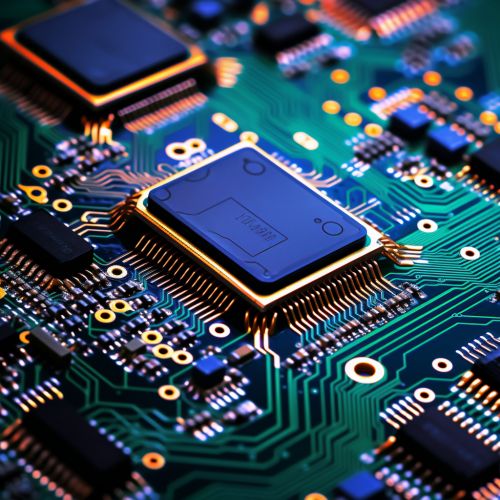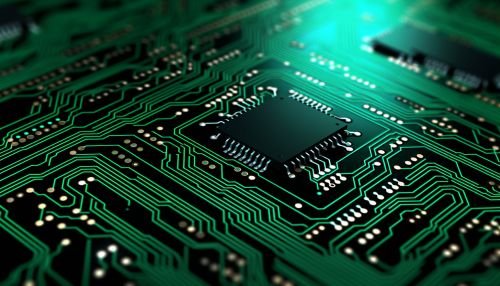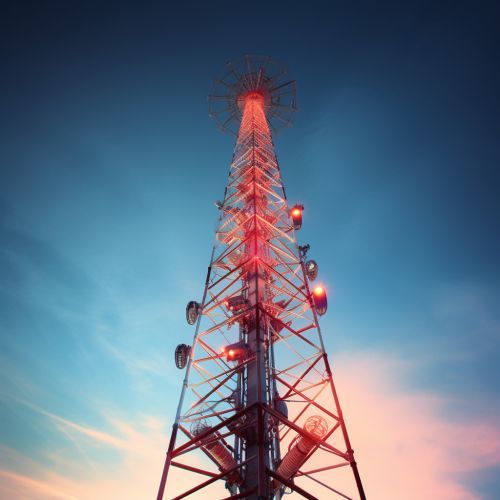Error correction
Introduction
Error correction is a process that is fundamental to the fields of computer science and information theory. It involves the identification and rectification of errors within data. The significance of this process lies in its ability to maintain data integrity and ensure the accurate transmission or storage of data. A wide range of fields, including telecommunications, computer networks, and data storage systems, employ error correction techniques.
Types of Errors
Data transmission can be affected by two primary types of errors: single-bit errors and burst errors.
Single-bit errors are instances where a single bit alters its state from 1 to 0, or vice versa. The typical culprits behind these errors are noise or interference within the transmission medium.
Burst errors, in contrast, occur when a sequence of two or more consecutive bits within a data unit alter their state. These errors are often the result of more severe disruptions, such as signal loss or a substantial increase in noise levels.
Error Detection
The first step towards rectifying errors is their detection. Several methods are employed for error detection, including parity checks, checksums, and cyclic redundancy checks (CRCs).
Parity checks involve the addition of an extra bit to each data unit. This extra bit is used to make the total number of 1s either even (even parity) or odd (odd parity). If the number of 1s in a received data unit does not align with the expected parity, an error is detected.
Checksums involve summing all the bits in a data unit and sending this sum along with the data. The receiver then adds the bits in the received data unit and compares the result with the received checksum to detect any errors.
Cyclic redundancy checks (CRCs) treat the data unit as a polynomial and divide it by a predetermined polynomial. The remainder of this division is sent along with the data. The receiver performs the same division and compares the remainder to the received CRC to detect any errors.
Error Correction
Once an error has been detected, it can be corrected using one of two methods: forward error correction (FEC) or automatic repeat request (ARQ).
Forward error correction (FEC) involves sending additional information with the data. This additional information can be used by the receiver to correct any errors without the need to request retransmission. This method is particularly useful in situations where retransmission is not feasible, such as in satellite communication.
Automatic repeat request (ARQ) involves the receiver sending a request to the sender to retransmit the data unit whenever an error is detected. This method is commonly used in computer networks where retransmission is typically feasible.
Applications of Error Correction
Various fields widely use error correction techniques to ensure data integrity. In telecommunications, error correction is used to maintain the quality of voice and video transmissions over noisy channels. In computer networks, error correction is used to ensure accurate data transmission over unreliable or noisy networks. In data storage systems, error correction is used to ensure the integrity of stored data and to recover data from damaged or degraded storage media.
See Also
Categories












